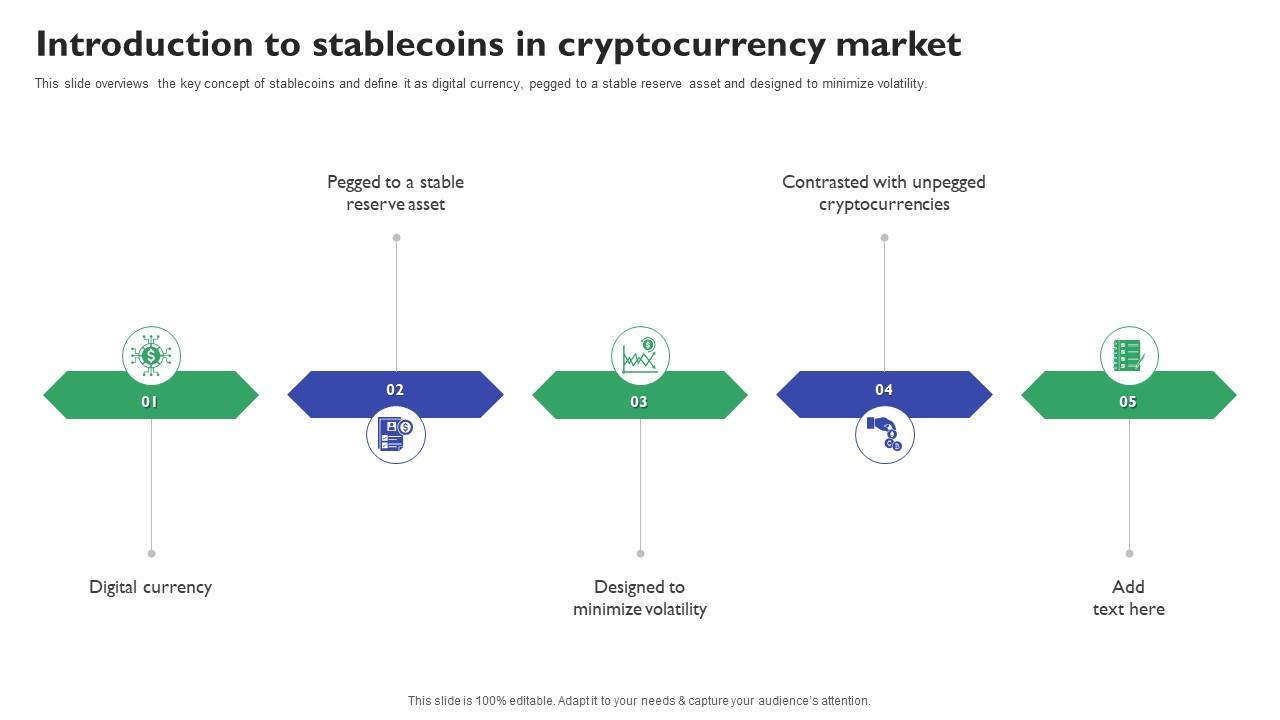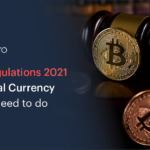The Role of Stablecoins in a Volatile Market highlights an essential aspect of the financial landscape today. As the cryptocurrency market fluctuates wildly, stablecoins emerge as a stabilizing force, offering a bridge between the digital asset world and traditional finance. With their pegged value, stablecoins provide investors with a sense of security, allowing them to navigate the turbulence of crypto trading with confidence and ease.
This introduction sets the stage for exploring how stablecoins function, their benefits, and the challenges they face in maintaining their peg amidst market volatility. We will delve into the mechanics of these digital currencies, their role in facilitating transactions, and how they can serve both individual investors and larger financial institutions.
In today’s fast-paced world, the art of communication has transformed significantly. Gone are the days when face-to-face conversations were the norm. Instead, we find ourselves living in the age of digital communication, where emails, messages, and social media posts have taken precedence. While this evolution has made it easier to connect with people across the globe, it has also introduced a new set of challenges in effective communication.The first aspect to consider in digital communication is clarity.

When crafting a message, whether it be an email or a social media post, it’s crucial to ensure that your intent is clear. Ambiguity can lead to misunderstandings, which can wreak havoc on both personal and professional relationships. Utilizing straightforward language, avoiding jargon, and getting straight to the point are essential strategies to enhance clarity in your communication.Moreover, the tone of your message plays a pivotal role in how it is received.
In a casual setting, a relaxed tone may be appropriate, but in a professional context, a more formal tone is often required. Striking the right balance can be tricky, but it’s important to consider your audience before hitting “send.” A good practice is to read your message aloud. Does it sound the way you want it to? This simple technique can help ensure that your tone aligns with your purpose.Another vital aspect of effective communication is active listening.
This often gets overlooked in written communication, where it’s easy to focus solely on what you want to say rather than what the other person is conveying. When engaging in conversations, whether in person or through digital means, make a conscious effort to listen actively. This involves not just hearing the words but also understanding the emotions and intentions behind them.
Responding thoughtfully to someone’s message can help foster a deeper connection and demonstrate that you value their input.Non-verbal cues also play an essential role in communication. In face-to-face interactions, body language, facial expressions, and eye contact can significantly impact the message being conveyed. However, in digital communication, these cues are often absent. This absence can lead to misinterpretation of the message’s intent.
To mitigate this, consider using emojis or GIFs to convey emotion or emphasize a point, particularly in informal communications. These small additions can provide context and help convey your feelings more accurately.The role of feedback cannot be overstated in effective communication. When you send a message, it’s important to be open to feedback, whether positive or negative. This openness not only enhances understanding but also encourages a two-way dialogue.
When someone responds to your message, take the time to appreciate their perspective. Acknowledging their input can lead to more meaningful interactions and collaborative solutions.Furthermore, in our digital age, the sheer volume of information we process daily can be overwhelming. It’s essential to be concise and avoid unnecessary fluff in your messages. Brevity is key, particularly in professional settings, where time is often of the essence.
Aim to get to the point quickly while still providing enough context for the recipient to understand your message fully.Another important consideration is the platform you choose for your communication. Different platforms serve different purposes and audiences. For instance, a LinkedIn message should differ significantly from a Twitter post. Understanding the norms and expectations on various platforms can help you tailor your message accordingly.
Each platform has its unwritten rules, and adhering to them can enhance your credibility and effectiveness as a communicator.In addition to understanding your audience and the platform, it’s essential to be mindful of the timing of your communication. Sending a message at an inappropriate time can lead to it being overlooked or misunderstood. Consider the time zone of your recipient and the context in which they might receive your message.
A well-timed message can significantly increase the likelihood of a positive response.Let’s not forget the importance of proofreading before sending any messages. Errors in grammar, punctuation, and spelling can undermine your credibility and the seriousness of your message. Take a few moments to review your content before hitting send. This small step can make a significant difference in how your message is perceived.Finally, remember that communication is a skill that can always be improved.
Take the time to reflect on your interactions and seek ways to enhance your communication abilities. Whether it’s through reading books, attending workshops, or simply practicing with friends and family, there is always room for growth.In conclusion, effective communication in the digital age requires a combination of clarity, tone, active listening, and feedback. Being mindful of the platform, timing, and potential for misunderstanding is crucial.
As technology continues to shape the way we communicate, honing these skills will not only benefit our personal relationships but also pave the way for professional success. Embrace these strategies, and you will find yourself navigating the complexities of digital communication with confidence and ease.



